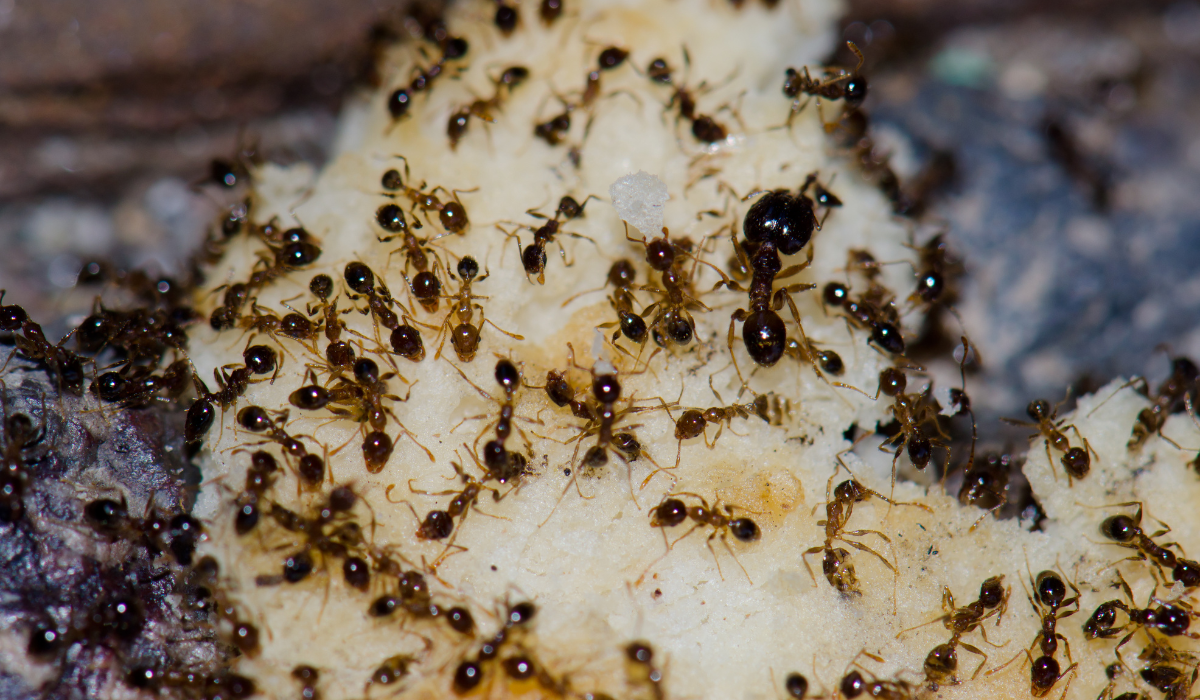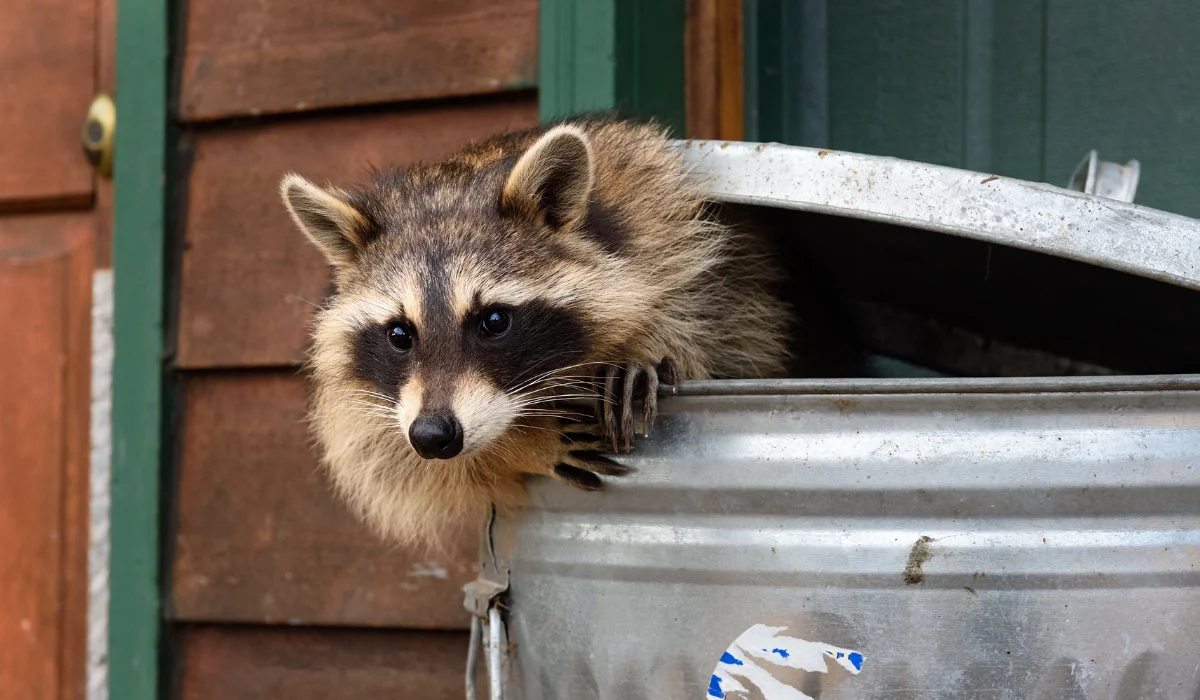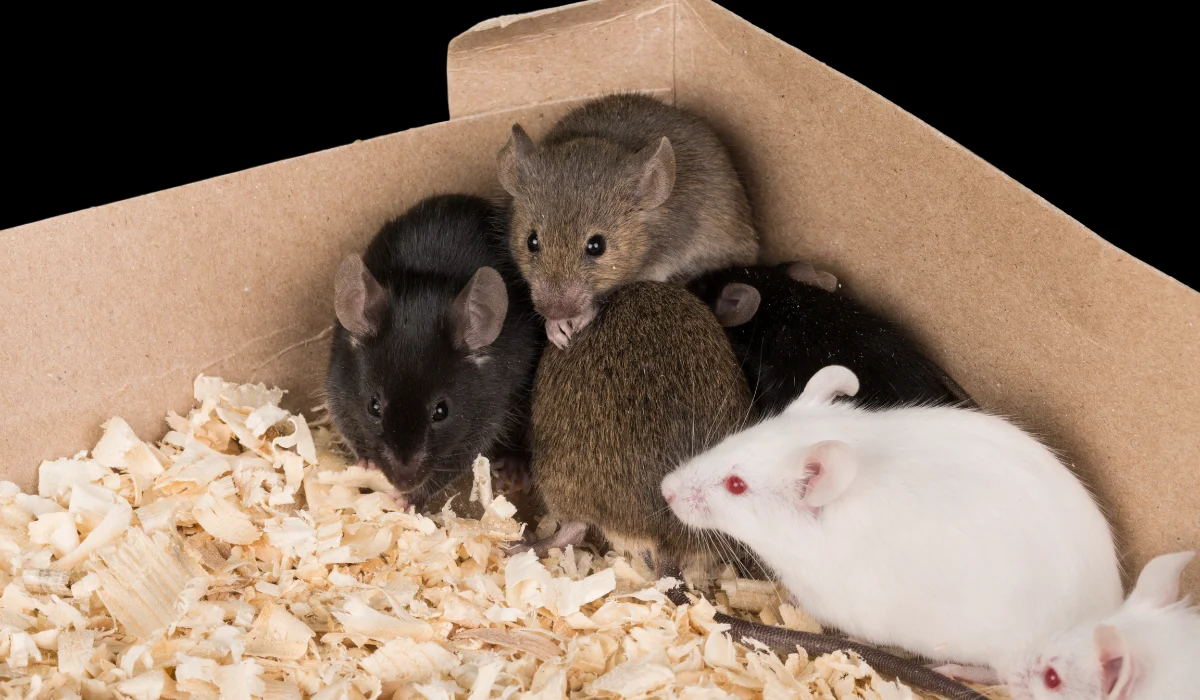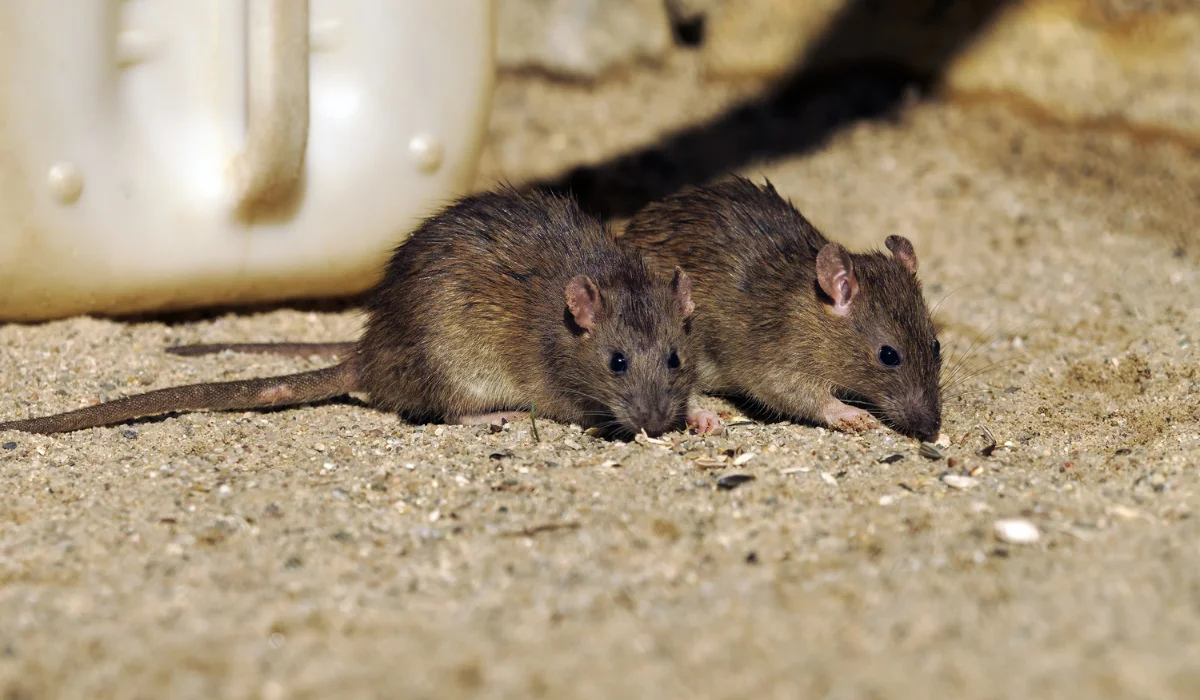Living in Louisiana means dealing with Argentine ants, known for their aggressive behavior and rapid spread.
These ants thrive in our warm, humid climate and can form massive supercolonies, making them challenging to control.
Noticed more ants around your home or in the garden? They’re not just a nuisance—they harm local wildlife and can even damage your electronics. Keep reading to learn how to manage these persistent pests and protect your home.
Key Takeaways
- Argentine ants are small, dark-brown insects known for their adaptability and aggressive behavior, forming large supercolonies that outcompete local ant species in Louisiana.
- Introduced to the U.S. in the late 1800s via the coffee trade, these ants have spread significantly across Louisiana, thriving in its warm, humid climate.
- Their varied diet includes honeydew, dead insects, human food waste, and plant exudates, making them highly adaptable in urban and rural environments.
- Signs of an Argentine ant infestation include visible trails of ants, large ant populations in moist areas, displacement of native ants, and increased indoor sightings.
- Effective control methods for Argentine ants include sealing entry points, using insecticide sprays, bait stations, and professional pest control services for severe infestations.
WHAT ARE ARGENTINE ANTS?
Argentine ants are a species that can outcompete local ants in Louisiana, forming large colonies called supercolonies.
Physical Characteristics
In entomology, Argentine ants do not look like any other ant species in Louisiana. They are small and sleek, which gives them an advantage in foraging and survival.
Here’s what they look like:
| Physical Features | Description |
|---|---|
| Size | Argentine ant workers are about 2.2 – 2.8 mm long |
| Color | Uniform dark brown, which helps differentiate them from other native ants |
| Body | Workers have a narrow body; larvae have a tapered end and smooth, white appearance |
| Distinguishing Marks | Lack of a stinger, smooth cuticle, and a single-node petiole |
| Antennae | 12-segmented without a club, highly flexible for efficient navigation |
Diet and Nutrition
Argentine ants have a varied diet that makes them highly adaptable. With their pheromone trails, they consume both plant-based and animal-based foods.
Here are the typical food sources these foraging ants exploit in urban and rural Louisiana:
| Food Sources | Location |
|---|---|
| Honeydew | From aphids and scale insects on various plants |
| Dead Insects | Frequently found on sidewalks, gardens, and homes |
| Human Food Waste | Spilled food, crumbs, and garbage in urban areas |
| Plant Exudates | Nectar and other secretions from flowers and shrubs |
HOW TO IDENTIFY THE SIGNS OF INFESTATION
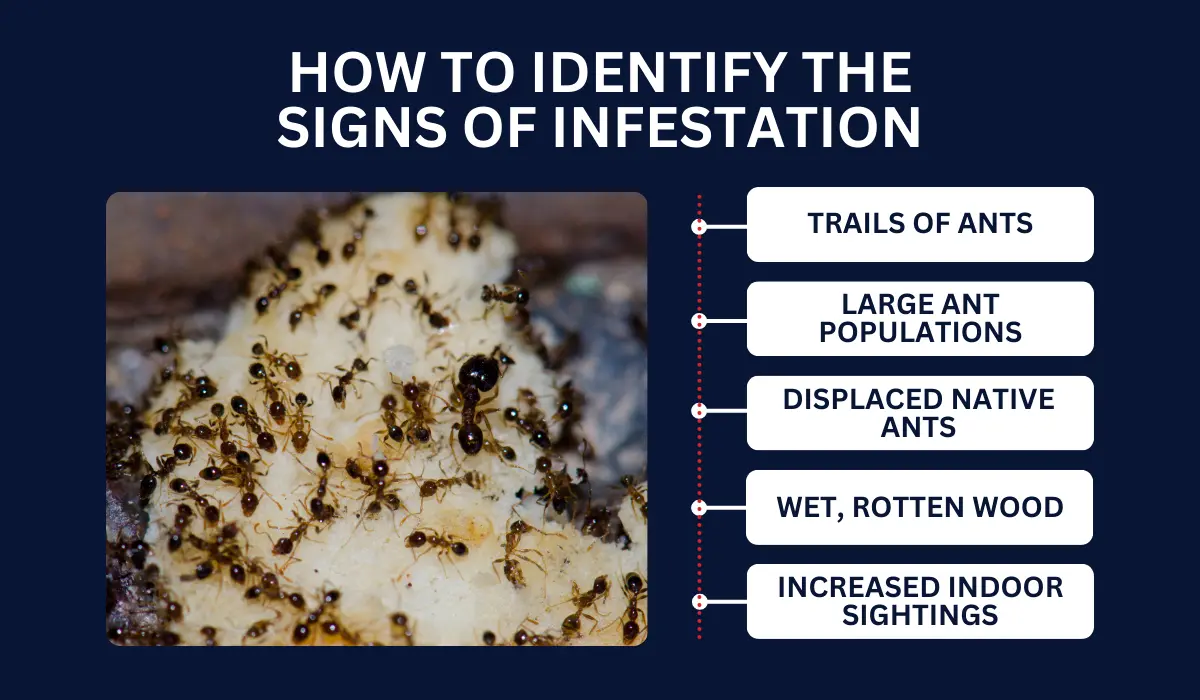
As homeowners, you need to know how to spot the signs of an Argentine ant infestation to address the problem promptly and maintain a healthy living space.
Consider these common signs of the ant problem in the home:
- Trails of Ants: Continuous lines of ants moving to and from food sources, often along household structures.
- Large Ant Populations: Groups of thousands, particularly in warm, moist environments.
- Displaced Native Ants: A noticeable decrease in native ant species, such as fire ants.
- Wet, Rotten Wood: Argentine ants nest in damp, decaying wood around the home.
- Increased Indoor Sightings: Frequent ants within the kitchen and pantry areas.
HOW TO GET RID OF ARGENTINE ANTS
Using a combination of methods may be the most effective strategy for pest management, ensuring thorough control of Argentine ants.
Consider these commercially available products that can be effective against these species of ants:
| Commercial Products | Usage |
|---|---|
| Insecticide Sprays | Spray along entry points, trails, and nests. |
| Bait Stations | Place bait stations near ant trails. |
| Granular Baits | Spread around the perimeter of the house. |
| Ant Gels | Apply gel in cracks and crevices. |
HOW TO PREVENT ARGENTINE ANTS FROM COMING BACK
To keep Argentine ants from returning, quick preventative measures and long-term management strategies are essential.
Here are some strategies to stop Argentine ants from re-establishing in your home:
- Seal Entry Points: Inspect and seal cracks around doors, windows, voids, and foundations.
- Clean Kitchen Regularly: Wipe counters, sweep floors, and store food in airtight containers.
- Eliminate Food and Water Sources: Fix leaky water pipes and avoid leaving pet food out.
- Proper Trash Management: Use lidded bins and empty them frequently.
- Yard Maintenance: Remove mulch near the foundation of potential nesting sites.
WHEN TO CALL THE EXPERTS
Argentine ants in Louisiana can be tricky to handle. Sometimes, the situation calls for professional help.
If you notice a large number of ants inside your home, along with other pests like termites or bed bugs, it’s time to call the pest control experts. These pests can form extensive colonies with multiple queens, making them hard to control.
Whether you’re in Baton Rouge, Plaquemines, or New Orleans, seeking expert help should be easy. For immediate intervention for a severe infestation, let Lajaunie’s ant control specialists tailor a solution that’s right for your home.
For more information about the areas we service, visit our location page.
Related: Argentine Ants vs. Fire Ants: What’s the Difference?
 By: LaJaunie's Pest Control
By: LaJaunie's Pest Control 